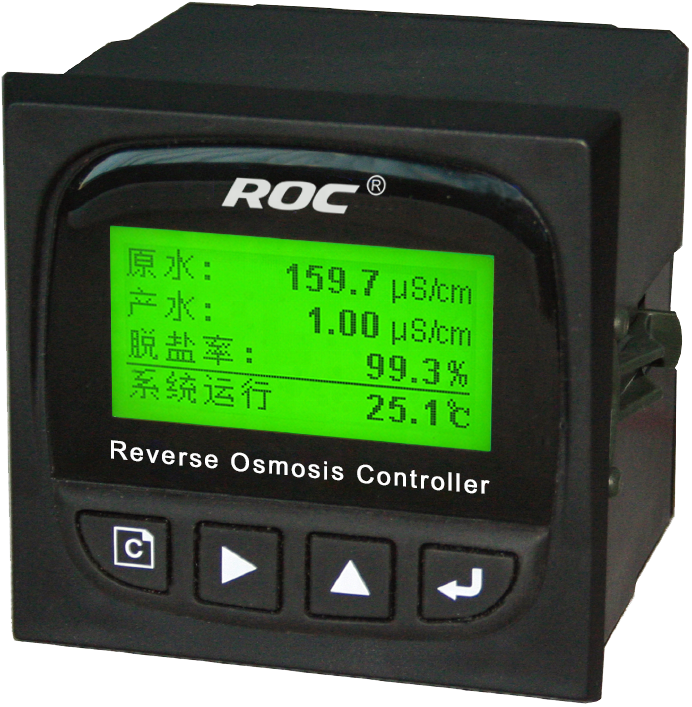Table of Contents
Steps to Calibrate Vivosun pH Meter
Calibrating your Vivosun pH meter is an essential step in ensuring accurate and reliable pH measurements. Proper calibration will help you achieve precise results when testing the acidity or alkalinity of a solution. In this article, we will guide you through the steps to calibrate your Vivosun pH meter effectively.
Before you begin the calibration process, it is important to gather all the necessary materials. You will need calibration solutions with known pH values, typically pH 4.01 and pH 6.86 or pH 7.01. Make sure that the solutions are fresh and have not expired. Additionally, you will need a clean container to hold the calibration solutions, as well as a clean and dry Cloth to wipe the pH meter after each calibration.
To start the calibration process, turn on your Vivosun pH meter and ensure that it is clean and dry. Dip the electrode into the pH 7.01 calibration solution and wait for the reading to stabilize. Once the reading has stabilized, adjust the calibration screw on the pH meter until the display shows the correct pH value of 7.01. It is important to make small adjustments and allow the reading to stabilize before making further adjustments.
After calibrating the pH meter with the pH 7.01 solution, rinse the electrode with distilled water and dry it with a clean cloth. Next, repeat the calibration process with the pH 4.01 calibration solution. Dip the electrode into the pH 4.01 solution and wait for the reading to stabilize. Adjust the calibration screw on the pH meter until the display shows the correct pH value of 4.01.
Once you have calibrated your Vivosun pH meter with both the pH 7.01 and pH 4.01 calibration solutions, rinse the electrode with distilled water and dry it with a clean cloth. Your pH meter is now calibrated and ready for use.
It is important to note that calibration should be done regularly to ensure accurate pH measurements. Factors such as temperature, age of the electrode, and frequency of use can affect the accuracy of the pH meter. Therefore, it is recommended to calibrate your Vivosun pH meter before each use or at least once a month, depending on your usage.
In addition to regular calibration, proper storage and maintenance of your Vivosun pH meter are also important. Store the pH meter in a clean and dry place, away from direct sunlight and extreme temperatures. Keep the electrode hydrated by storing it in a storage solution or a pH 4.01 calibration solution when not in use.

In conclusion, calibrating your Vivosun pH meter is a simple yet crucial step in ensuring accurate pH measurements. By following the steps outlined in this article and maintaining your pH meter properly, you can achieve reliable results when testing the acidity or alkalinity of a solution. Remember to calibrate your pH meter regularly and store it properly to prolong its lifespan and maintain its accuracy.
| Model | CL-810/9500 Residual Chlorine Controller |
| Range | FAC/HOCL:0-10 mg/L, ATC TEMP:0-50\u2103 |
| Accuracy | FAC/HOCL:0.1 mg/L, ATC TEMP:0.1\u2103 |
| Oper. Temp. | 0\uff5e50\u2103 |
| Sensor | Constant Pressure Residual Chlorine Sensor |
| Waterproof Rate | IP65 |
| Communication | Optional RS485 |
| Output | 4-20mA output; High/Low limit double relay control |
| Power | CL-810:AC 220V\u00b110% 50/60Hz or AC 110V\u00b110% 50/60Hz or DC24V/0.5A |
| CL-9500:AC 85V-265V\u00b110% 50/60Hz | |
| Working Environment | Ambient temperature:0\uff5e50\u2103; |
| Relative humidity\u226485% | |
| Dimensions | CL-810:96\u00d796\u00d7100mm(H\u00d7W\u00d7L) |
| CL-9500:96\u00d796\u00d7132mm(H\u00d7W\u00d7L) | |
| Hole Size | 92\u00d792mm(H\u00d7W) |
| Installation Mode | Embedded |

